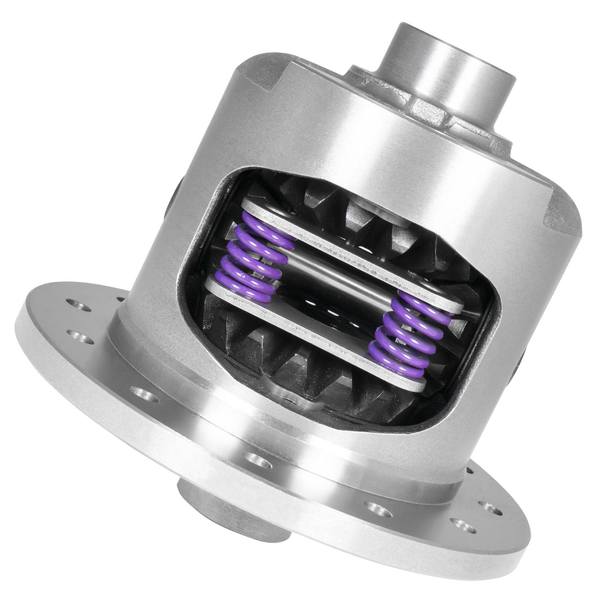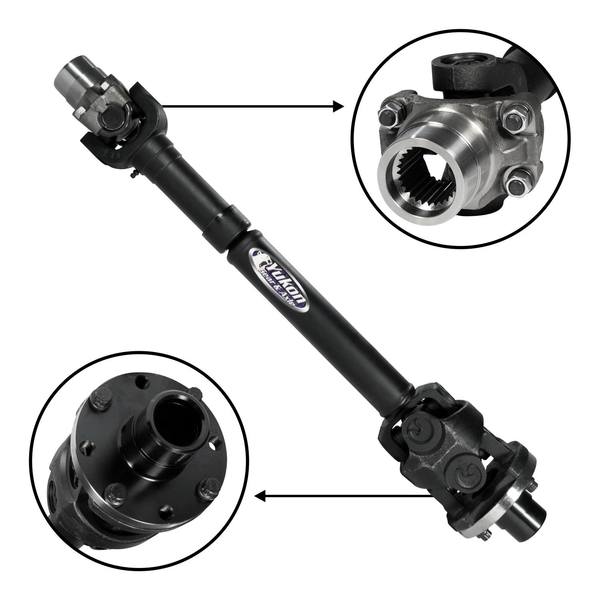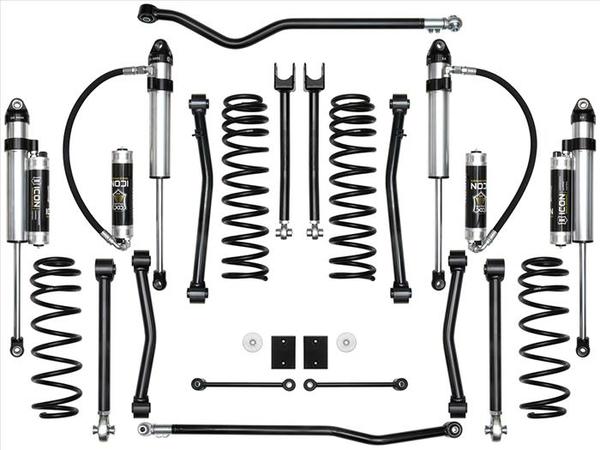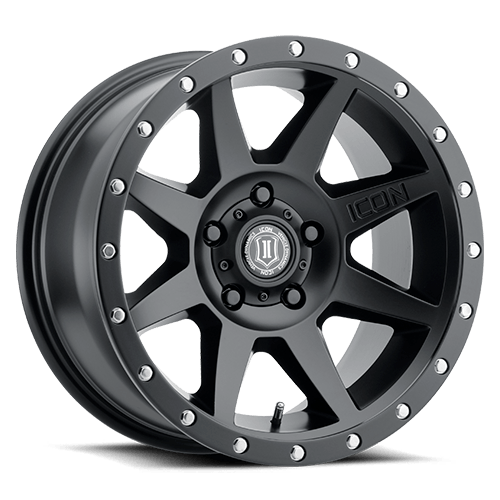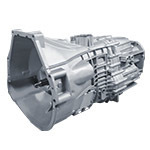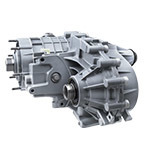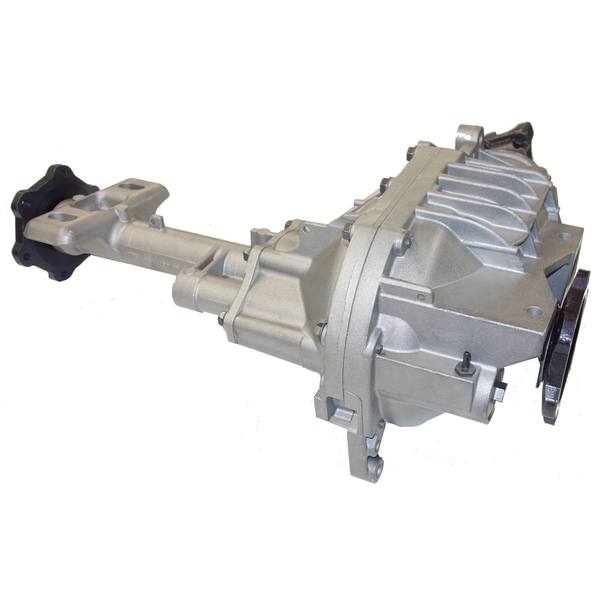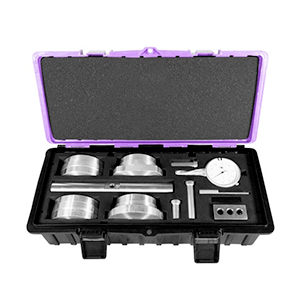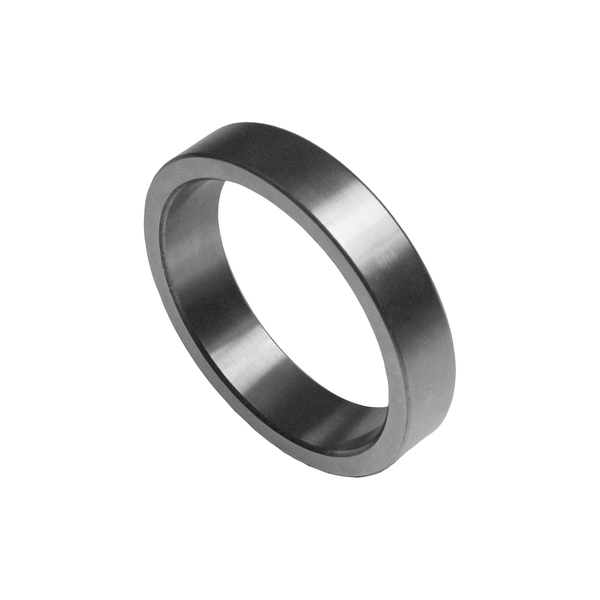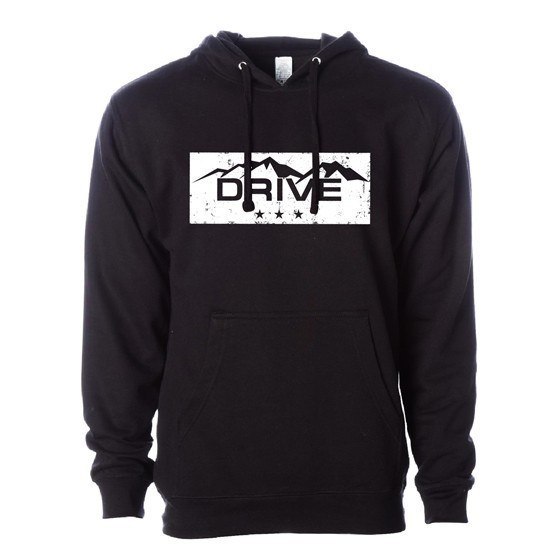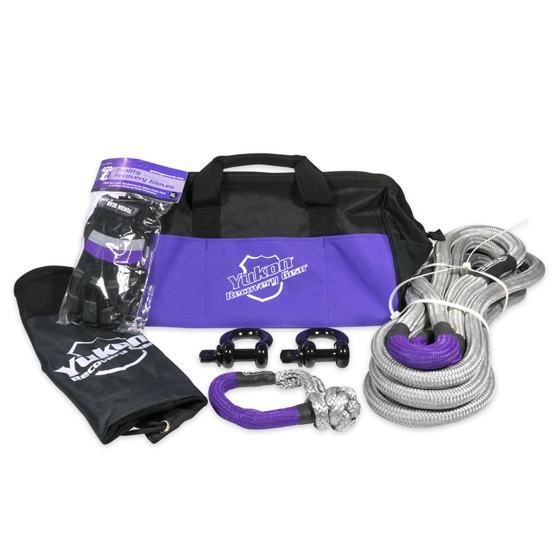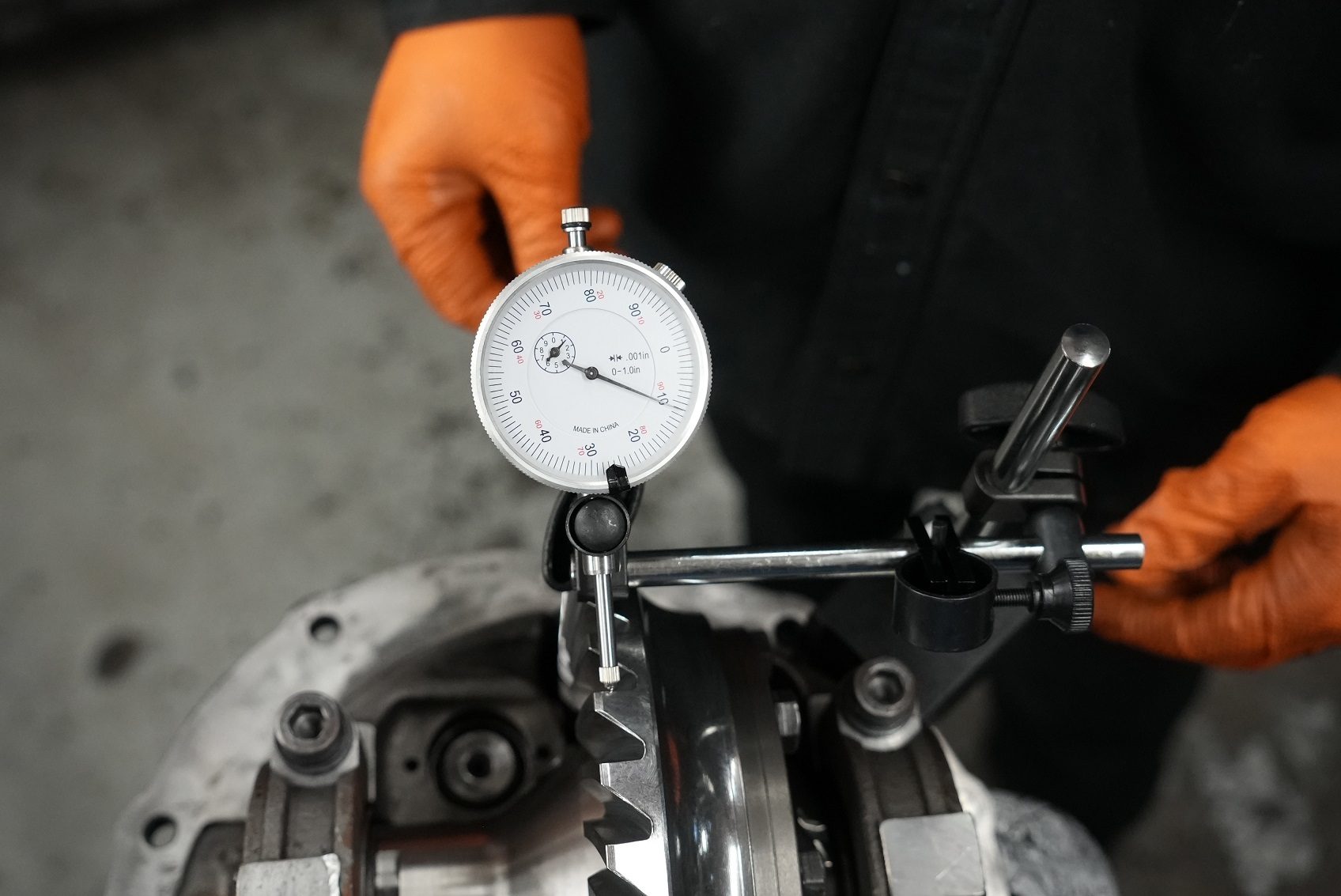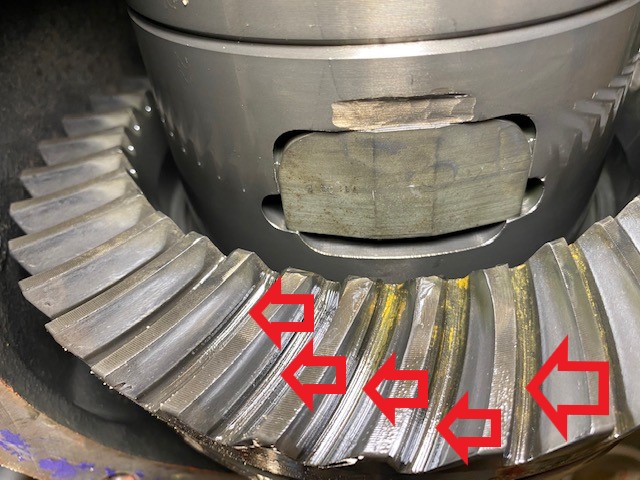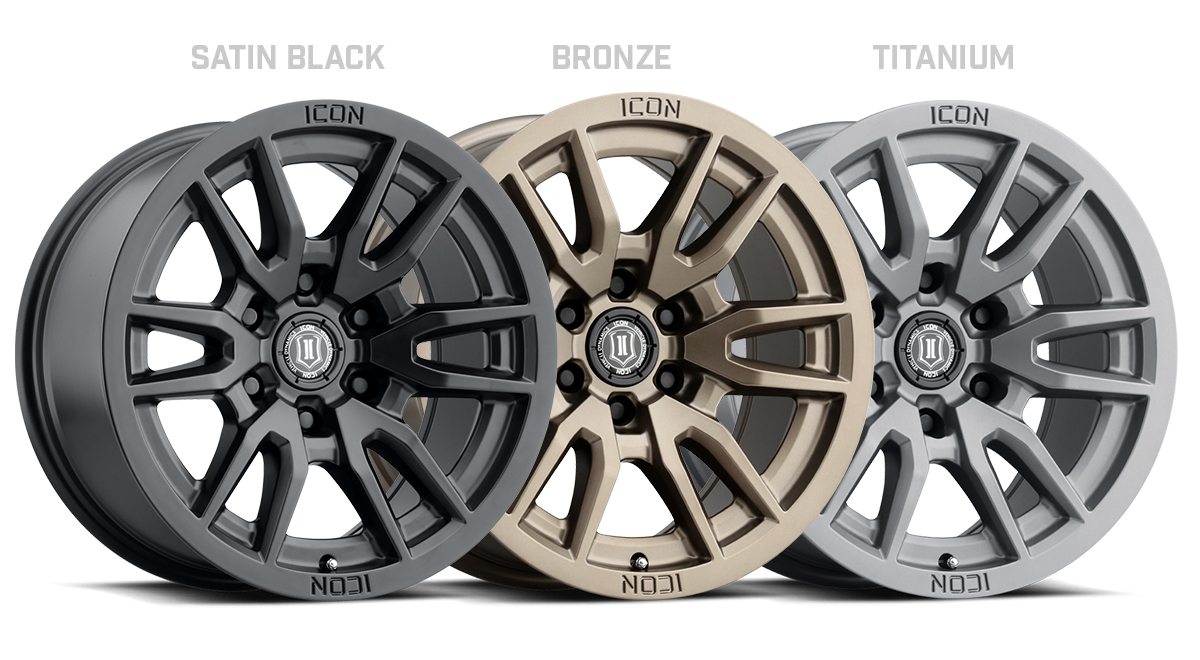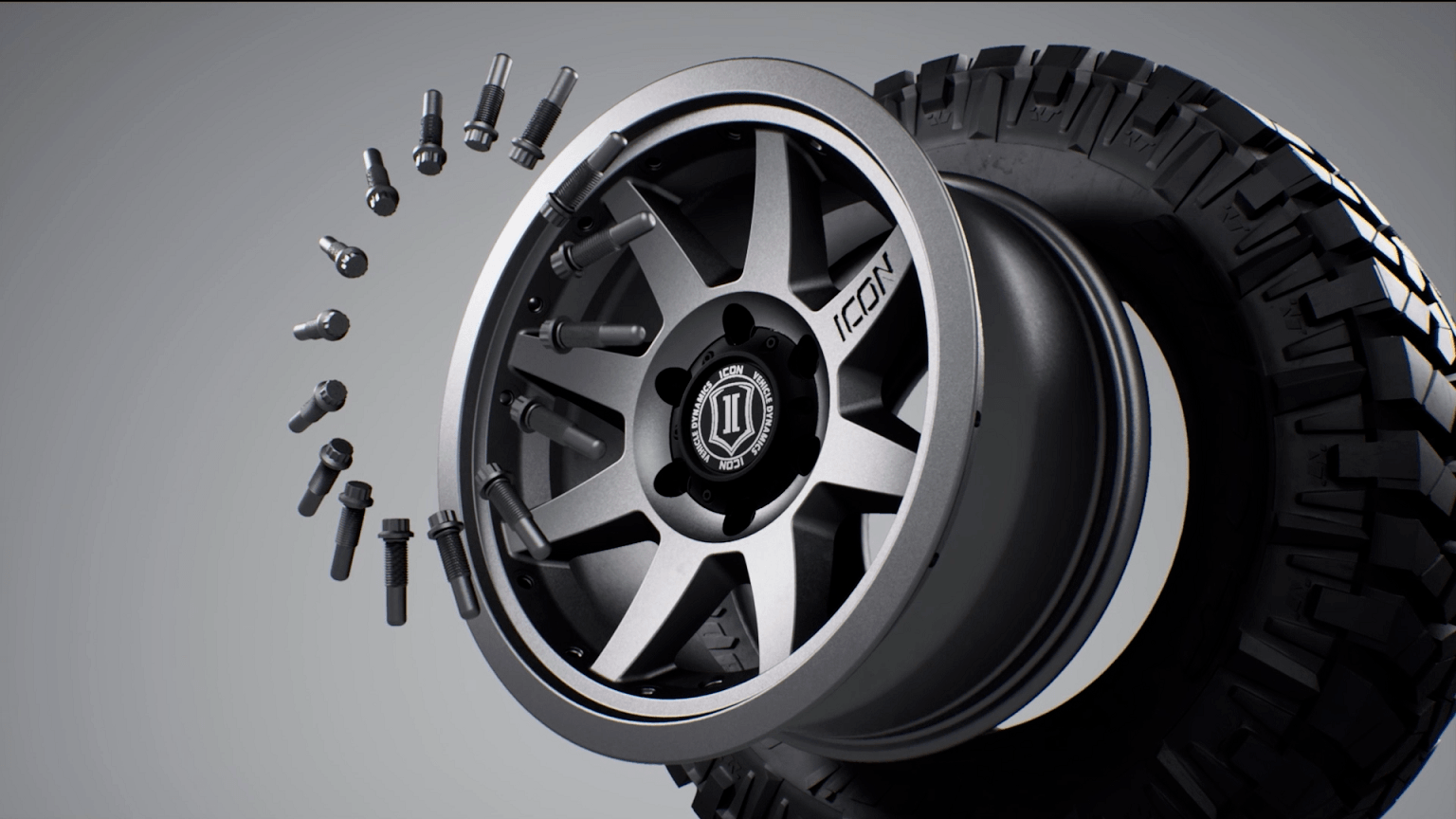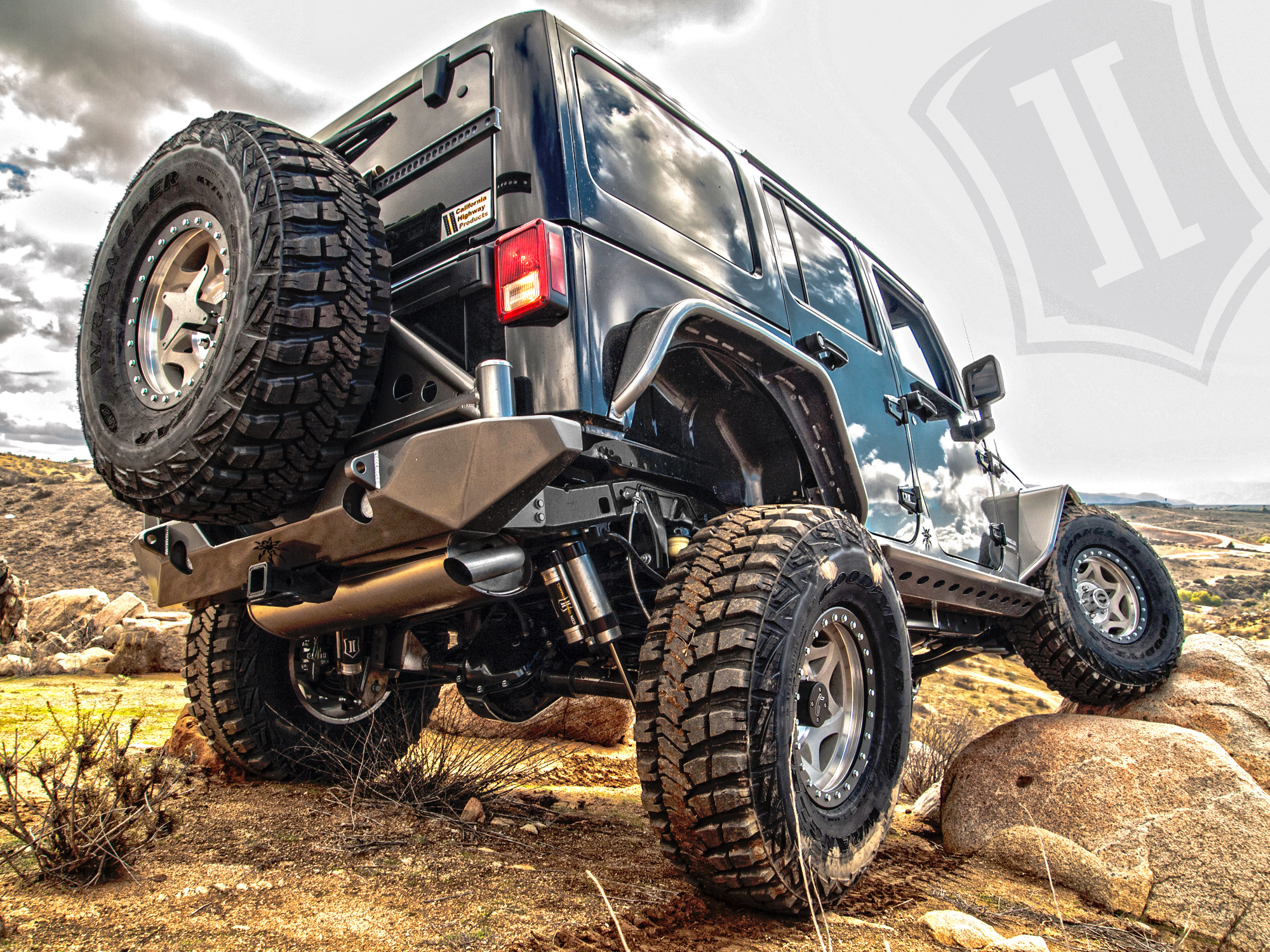When working on any rearend, always pay very close attention to the axle shafts and axle bearings. Sealed ball bearing type axle bearings are usually very easy to diagnose and any roughness makes replacement the obvious choice. Flat roller bearing style axles are not as obvious to diagnose, and many times people dismiss wear that soon after leads to larger problems. Any pits, rust, grooves, or odd wear on the bearing surface of the axle shaft will lead to more wear. Just the same as pot-holes in the road always get larger with traffic, axle shaft wear always gets worse. Large tires and towing heavy loads accelerates axle wear and makes inspection and replacement extremely important.
Axle splines are another area that can easily be overlooked. The axle splines in most differential designs hold up well and seldom wear. There are a few designs, however, that tend to wear out the splines quickly. Nine-inch Ford rearends are notorious for wearing out the axle spline wear, especially when they use a Trac-Loc. The Track-Loc uses a two-piece side gear and clutch hub on the left side, which tend to spread the load to the splines less evenly and accelerate wear. Swapping the axles from left to right can sometimes work as a fix if the wear is not to extreme, but we usually recommend installing a new axle shaft.
Bent axle housings are another problem seldom noticed and rarely fixed. A bent housing causes the axle splines to be worked harder than normal due to the angular contact with the side gear and the sliding action that happens to the splines each time the axle rotates. Bent housings can sometimes be spotted by sighting down the axle tubes after the axles and carrier case have been removed. This takes some practice, but once the technique is mastered it is easy to determine if the housing is bent.
Even though it may not be the best way to straighten a housing, an axle truss is definitely a good idea for any situation where the vehicle is being overloaded or abused, and it will help keep the housing straight. Although we have seen people use an axle truss to pull the housing straight, we recommend removing the housing from your vehicle and taking it to a competent welder or machine shop.
Carrier bearing adjusters are another detail that will affect the life of the differential if the worn parts are not noticed and fixed or replaced. Often the carrier bearings will spin in the housing and wear a groove into the adjuster. If the wear is not too extreme, the adjuster can be saved by filing the contact surface flat again. Just make sure that the surface is filed flat and square, and not at an angle.
Clutch plates and clutch plate guides are also important to differential life. Clutch guides are the small, half round, hard metal plates that keep the clutches from eating into the carrier case on many limited slip designs. These guides can wear to the point of breaking, and once they are broken they can get between the ring and pinion gears and wreak havoc.
Popular Resources:
 AMC
AMC
 Chrysler
Chrysler
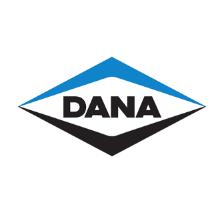 Dana
Dana
 Ford
Ford
 GM
GM
 Isuzu
Isuzu
 Nissan
Nissan
 Suzuki
Suzuki
 Toyota
Toyota
